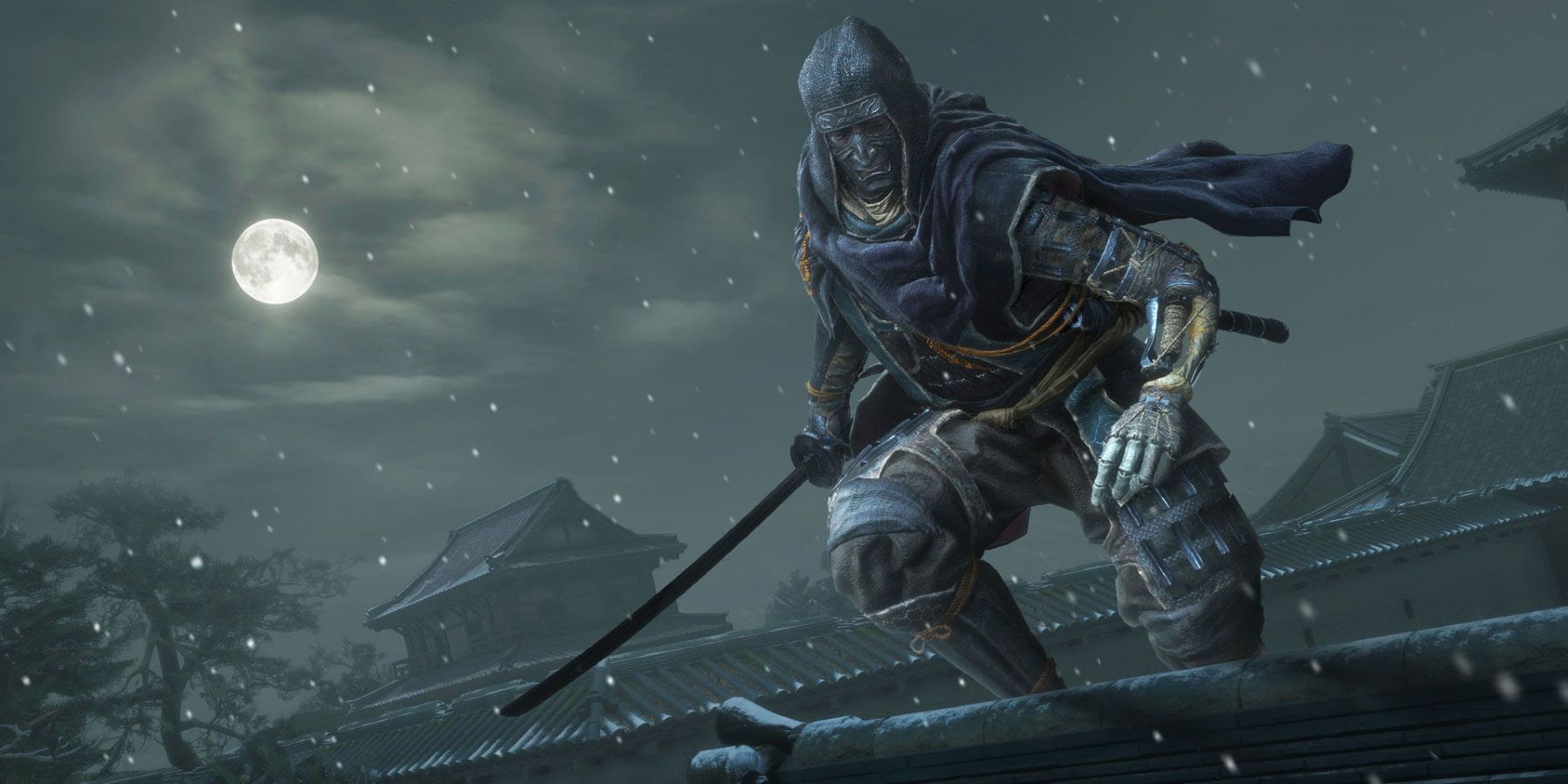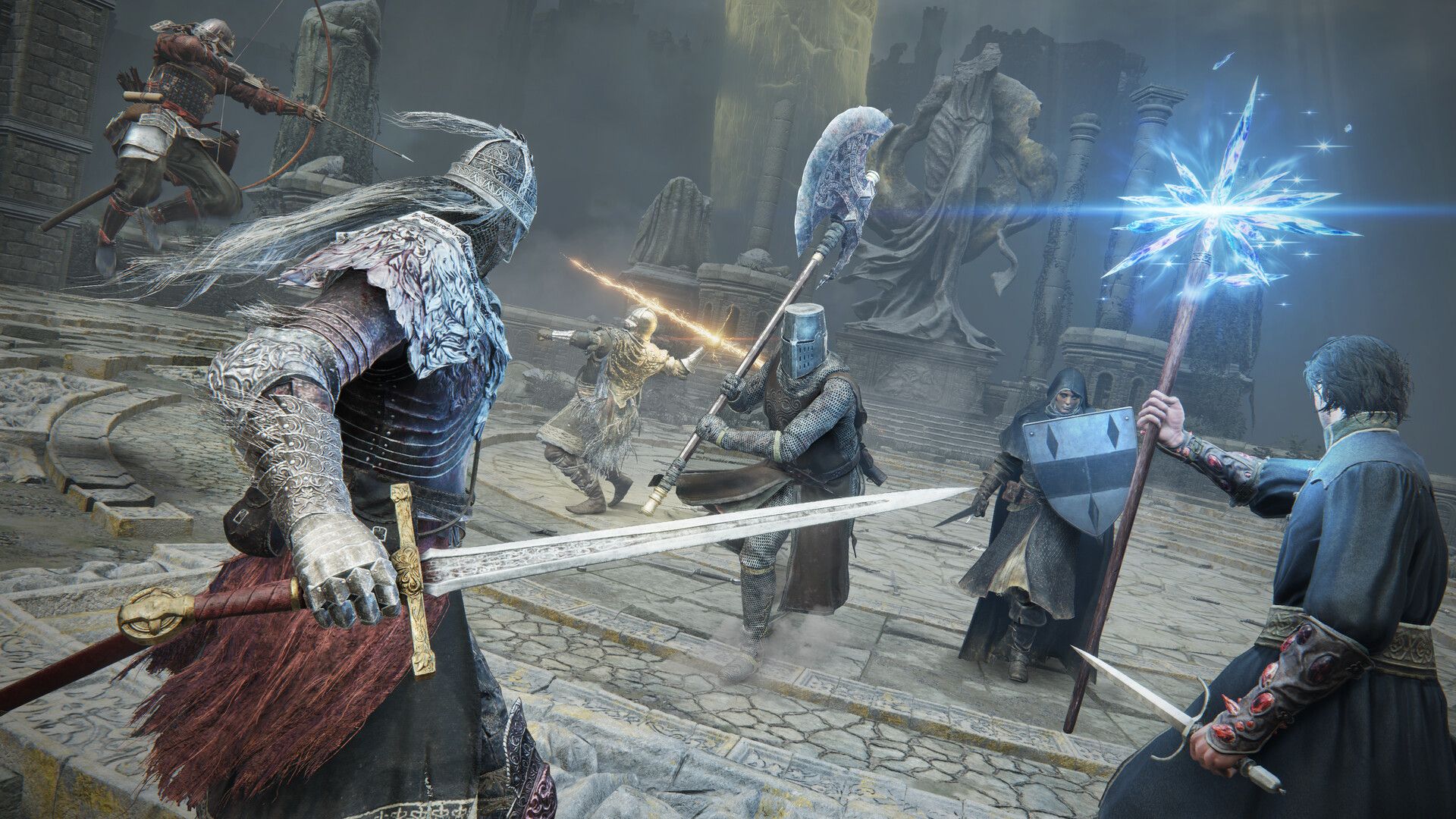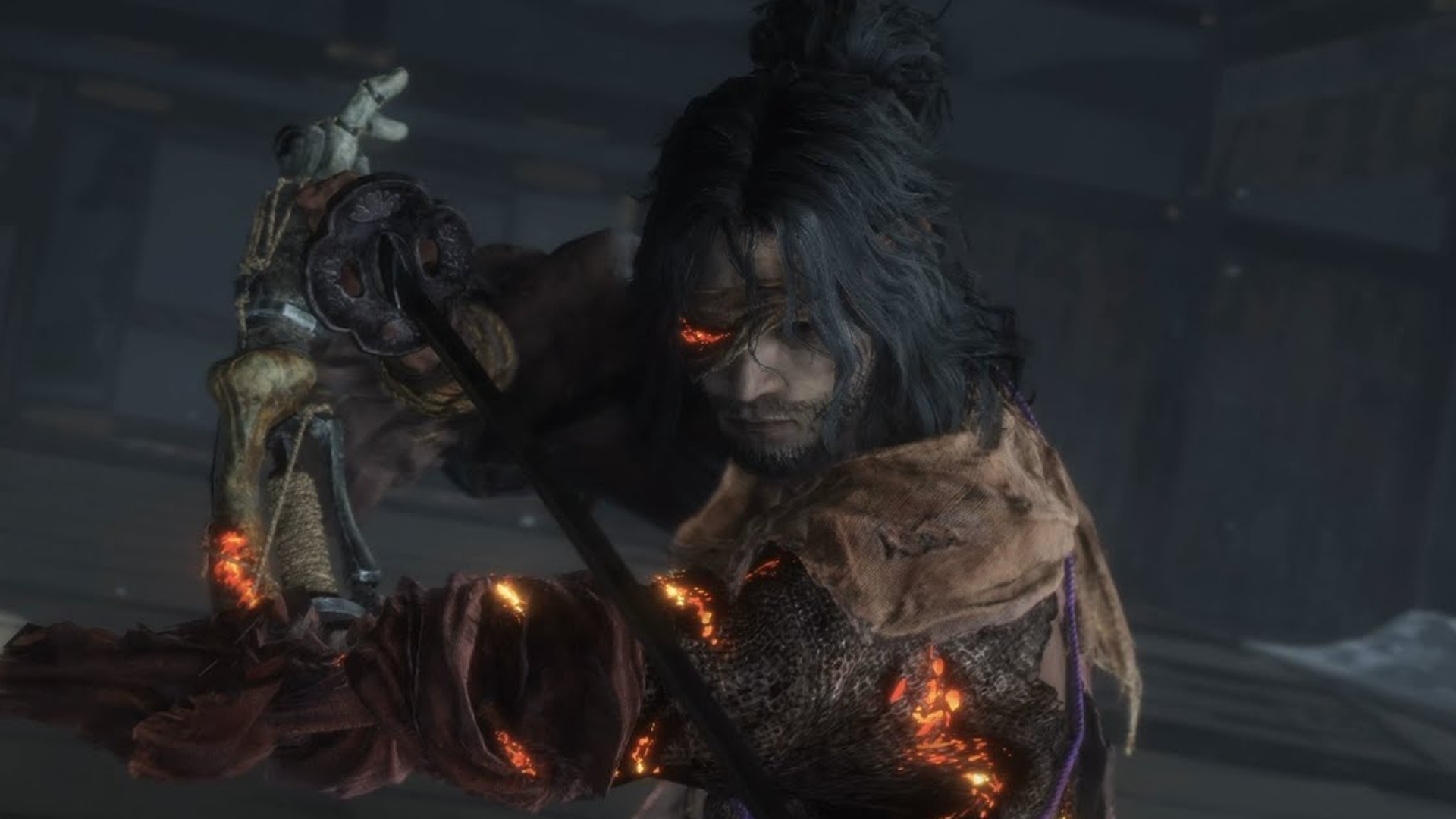Unlike most of FromSoftware’s recent games, Sekiro: Shadows Die Twice is not an action-RPG. That may be surprising to some fans due to how similar Sekiro is to FromSoftware’s other recent games, but there are clearly distinguishable differences between them as well. Players do gain XP in Sekiro, for example, though it goes toward skill branches rather than individual RPG stats. Likewise, Sekiro’s fluid gameplay maintains a similar system where resources are lost upon each death, but Sekiro’s death system is much more forgiving than in a game like Dark Souls.
Dark Souls fans transitioning into Sekiro may be alarmed at how different the installment is from FromSoftware’s traditional formula. It is true that Sekiro was originally designed as a Tenchu spiritual successor and many of its core mechanics were likely a result of that source material, but the game only technically having one build may be a learning curve for fans of Souls games. Sekiro demands that players get good at its combat, whereas Souls games allow players to choose from a wealth of options in gameplay, and that is where Sekiro truly finds its stride.
FromSoftware’s Action-RPGs Have Near-Infinite Replayability
Demon’s Souls, the Dark Souls trilogy, and Bloodborne are all action-RPGs that showcase a breadth of build diversity. This essentially means that there are a wide number of approaches players can take toward gameplay, and deciding which stats they want to allocate XP into can be a crucial choice as a result. Elden Ring took that formula and extrapolated upon it to a great extent with an open world and more build diversity than in any previous FromSoftware action-RPG.
Therefore, these action-RPGs have a lot of replayability because there are so many ways that they can be played and approached. That said, infinite replayability can also be a downside. Many casual fans will not play a FromSoftware action-RPG more than a handful of times, whereas speedrunners who engage in challenge runs may play it hundreds of times and experiment with literally each and every build assortment provided.
Infinite build potential is likely to ward off some fans based upon how overwhelming it can be to structure one’s playthrough around strict goals and guidelines, especially if a certain build is considered underpowered and could make that playthrough more difficult. Elden Ring’s diverse builds are inventive and that is certainly a strength, but fans of a more linear experience may find Sekiro more preferable.
Sekiro: Shadows Die Twice Has Linear and Satisfying Skill Caps
Sekiro: Shadows Die Twice has its own entry barrier with a steep difficulty incline, and that is partly due to the fact that it has no build diversity. Players are given a katana and are instantly told that they need to learn how to predict parry windows impeccably. There are stealth tactics that players can employ in scenarios involving mobs of enemies and even some of the game’s more formidable mini-bosses, but this is not reliable, and often results in using strategies that can be considered cheesing the boss.
If fans are not concerned with how they are able to best a boss, though, then there are many strategies that can work when players are in a pickle. On the other hand, if players have a natural affinity for parry timing and being able to read enemy attack mix-ups, then they could potentially have an easy time with Sekiro. Only having one build allows players to get good with the katana, any of the Shinobi Prosthetic tools they find, and any skills that they decide to purchase. Sekiro’s Gauntlets of Strength are the ultimate test of players’ combat expertise, for example, and cement their achievements in FromSoftware’s action-adventure epic.
Sekiro: Shadows Die Twice is available now for PC, PS4, and Xbox One.



